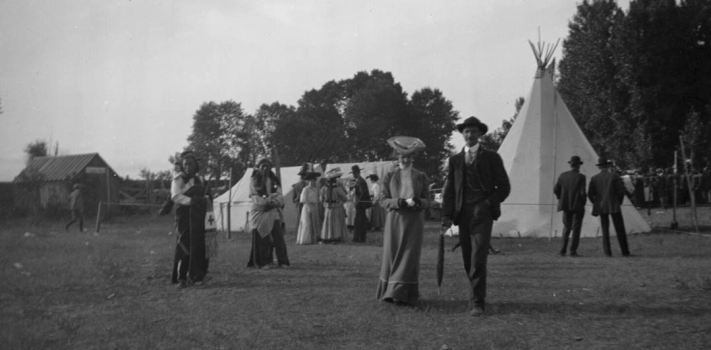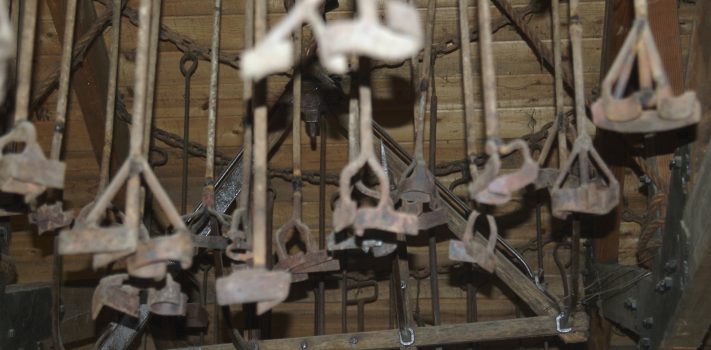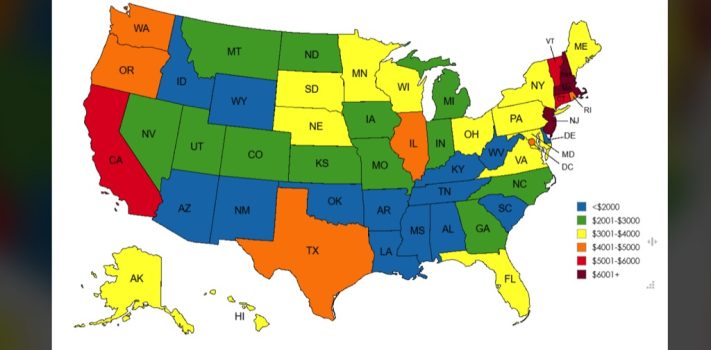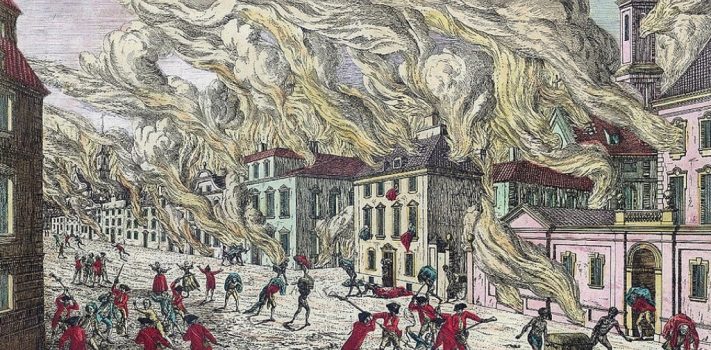To raise some cash for a major purchase here at the Rawles Ranch, I have put almost our entire Elk Creek Company inventory on sale. This is your chance to do some early Christmas or Hanukkah gift shopping, at great prices! No FFL paperwork is required. Our pre-1899 cartridge guns and blackpowder guns can be mailed right to your door, in most states. We also have a nice selection of knives and bayonets. I also just cataloged a lot of scarce FN FAL and HK91 magazines. We have a merchant account, so we accept payments by credit card.
—
On September 24, 1493, Columbus set sail with 17 ships on his second voyage to the Americas.
—
On this day in 1775, Ethan Allen was captured by the British.
—
And on September 24, 1789 President George Washington nominated John Jay as the first Chief Justice.
—
On this day in 1916, German Zeppelin LZ-76 was shot down over England by New Zealand B.E.2e fighter pilot Alfred Brandon, bringing the airship down in a field near Little Wigborough, Essex. The Zepellin’s crew was then rounded up by local police.
—
SurvivalBlog Writing Contest
Today we present another entry for Round 120 of the SurvivalBlog non-fiction writing contest. The prizes for this round include:
First Prize:
- A Gunsite Academy Three Day Course Certificate. This can be used for any of their one, two, or three-day course (a $1,095 value),
- A Peak Refuel “Wasatch Pack” variety of 60 servings of premium freeze-dried breakfasts and dinners in individual meal pouches — a whopping 21,970 calories, all made and packaged in the USA — courtesy of Ready Made Resources (a $350 value),
- American Gunsmithing Institute (AGI) is providing a $300 certificate good towards any of their DVD training courses. Their course catalog now includes their latest Survival Gunsmithing course.
- HSM Ammunition in Montana is providing a $350 gift certificate. The certificate can be used for any of their products.
- Preparedness author Jennifer Rader is offering a $200 purchase credit for any of her eight published food storage and medical preparedness books, including the
Second Prize:
- A SIRT STIC AR-15/M4 Laser Training Package, courtesy of Next Level Training, that has a combined retail value of $679
- A $269 retail value survival-ready power package from Solar Power Lifestyle. This includes two Solar Power Lifestyle 25W Portable Solar Panels, plus a $150 gift card to use for any purchase at solarpowerlifestyle.com.
- Two 1,000-foot spools of full mil-spec U.S.-made 750 paracord (in-stock colors only) from TOUGHGRID.com (a $287 value).
- A transferable $150 FRN purchase credit from Elk Creek Company, toward the purchase of any pre-1899 antique gun. There is no paperwork required for delivery of pre-1899 guns into most states, making them the last bastion of gun purchasing privacy!
Third Prize:
- A Berkey Light water filter, courtesy of USA Berkey Filters (a $305 value),
- Two sets of The Civil Defense Manual, (in two volumes) — a $193 value — kindly donated by the author, Jack Lawson.
- A $200 credit from Military Surplus LLC that can be applied to purchase and/or shipping costs for any of their in-stock merchandise, including full mil-spec ammo cans, Rothco clothing and field gear, backpacks, optics, compact solar panels, first aid kits, and more.
- A transferable $150 FRN purchase credit from Elk Creek Company, toward the purchase of any pre-1899 antique gun.
—
More than $960,000 worth of prizes have been awarded since we started running this contest. Round 120 ends on September 30th, so get busy writing and e-mail us your entry. Remember that there is a 1,500-word minimum, and that articles on practical “how-to” skills for survival have an advantage in the judging. In 2023, we polled blog readers, asking for suggested article topics. Please refer to that poll if you haven’t yet chosen an article topic.














